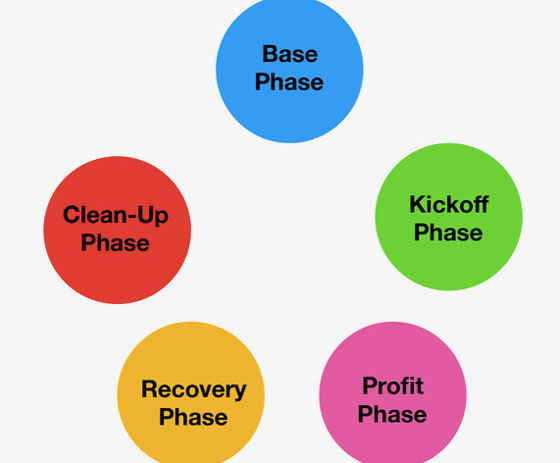
A Store Closing Sale should be designed to be profitable! It will generate huge crowds of customers and stimulate them to buy, buy and buy again.
A successful Store Closing Sale is a result of a comprehensive five phase sale plan. It should be a very flexible plan that can be adapted to any store and situation.
- The first phase is the “kick-off” of the sale. The store is prepped for the sale. Exterior “Sale” signs are in place. The marketing of the sale includes direct mail, email and social media marketing.The store is re-merchandised to be in a SALE mode. Signs are placed, merchandise is repriced and the layout of the floor is designed to handle the increase in traffic. Merchandise will be sale-priced to sell.
- The second phase is the the profit phase of the sale. This should be the longest, highest volume and most profitable phase of the sale. Discounts are minimum. You should be making a profit on most sales.
- The third phase will be profitable but margins will be slimmer. Additional markdowns have been taken, but you are still operating with a positive margin.
- The fourth phase is designed to reclaim your cost. You are now at cost on most on your merchandise.
- The fifth phase cleans up the odds and ends that are left. You should take discounts to below cost. You want to recover some of your cost, but do not want to deal with the merchandise after the end of the sale.
What you get out of the first half of the sale makes the profits and what you get out of the last half determines the success of the sale.
The return you get on your sale depends on many factors, but the most important factor is the condition of your inventory. Stores fully stocked with good current merchandise tend to get the highest return. Stores with sold down, depleted or old inventories usually get the poorest return.
